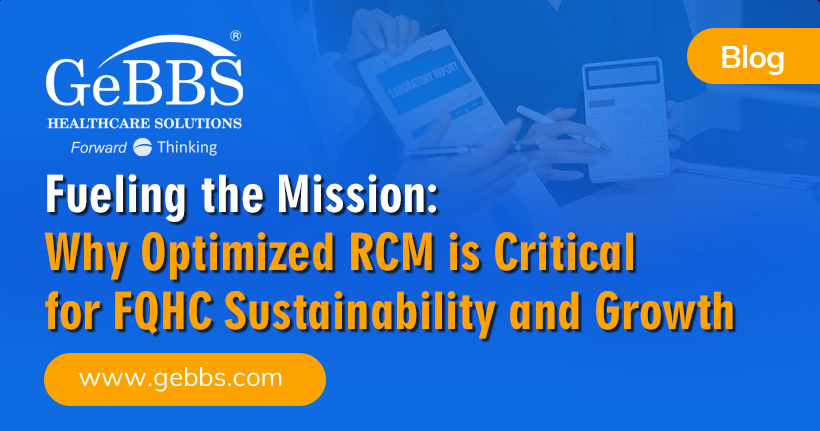Early test results reported in Becker’s Hospital Review from data gathered by HIMSS and WEDI indicate that only 63% of ICD-10 documentation was accurately coded. In addition, coders averaged only two medical records per hour, compared with four per hour under ICD-9, which equates to a 50 percent drop in productivity.
The results came from the ICD-10 national pilot program, which started in April 2012 and ended in August 2013. The Healthcare Information and Management Systems Society (HIMSS) and Workgroup for Electronic Data Interchange (WEDI) released a report on the program, and the groups said ICD-10 coding accuracy varied wildly depending on what was being coded.
CMS officials are saying that good preparation and planning can keep providers’ accounts receivable from shutting down completely during the transition to ICD-10. The agency knows there are going to be claim denials, but they also contend there are ways to avoid many of them.
Your plan should include a gap assessment and analyses. A gap assessment will help you gain an understanding of where and how ICD-10 will impact your organization. The assessment should include your people and their present expertise, your business processes and your legacy technologies to determine the impact of ICD-10, enterprise-wide. Any aspect of your organization that will be impacted by the transition to ICD-10 should be carefully examined, including the programs and systems you are presently using for claims processing, analytics fraud detection, enrollment, eligibility and benefits. This gap assessment will let you know where you need to make proactive critical process changes before the deadline falls and your revenue is impacted.
Include CMS policies in your plan. To deal with this critical change management, select a key person within your organization to be in charge of your ICD-10 transition project. This person’s responsibility will be to monitor all changes that will inevitably occur before and after the October 2014 deadline. This individual should obtain as much information as possible from CMS before the conversion begins. CMS is currently rewriting its coverage determination policies and will be assisting local carriers. Medicare policies are also expected to be completed before the go-live date. If you have a heavy Medicare population, get this information as soon as it becomes available and work through the new policies. Expect the worst and prepare your staff to meet this challenge.
Education on ICD-10 is going to be critical. Specialty associations, such as AHIMA, AMA, MGMA, HIMSS and several billing associations will be offering training programs and information. Take advantage of these opportunities. Every organization is going to need some kind of training. The learning curve is going to be tremendous. Targeted, online educational programs that your staff members can access any place they have Internet availability will impact their daily productivity the least. Industry webinars sponsored by various associations will focus on specific aspects of the ICD-10 transition. Monitor the topics of these webinars and ensure your staff members attend the appropriate ones.
Put new processes in place to help you deal with the transition. Don’t try to do everything on your own. Enlist technology to help you mitigate your financial risks. Technology is available today in the form of computer-assisted coding (CAC) tools. CAC is a proven technology that automatically derives and assigns medical codes from within clinical documentation. Many are presently ICD-10-ready.
With this kind of technology, your organizations can “hit the ground running” and streamline your revenue cycle processes, while becoming increasingly more compliant with the requirements of payer and quality reporting. These systems do not replace your professional coders; they just aid them and ensure improved: accuracy, compliance, productivity and consistency, while your facility is “getting up to speed” on the new ICD-10 codes.
Examine your in-house capabilities; if there isn’t enough staff bandwidth to deal with the transition, enlist help. Some of the CAC technology vendors even offer on-site coding expertise to ensure there is no lag in your coding workload. These technology solutions can work with your electronic health record (EHR) and financial systems to produce extremely accurate coding.
Several sources, including CMS are suggesting that you have a financial contingency plan in place. The HIMSS ICD-10 PlayBook, a blueprint for provider and payers’ ICD-10 implementation, recommends that providers should have a minimum of six months of cash reserves to mitigate revenue impacts during the ICD-10 transition period.
Even CMS has stated you can count on delays in your reimbursements, so having access to cash reserves may not be a bad idea. How much emergency cash should your organization have in reserve to manage the ICD-10 disruptions to payments during the transition? Since your expenses and cash outlays will remain the same, and may even increase during the transition, some industry experts are suggesting you have some amount of cash reserves, or at least, access to cash through loans or lines of credit to avoid potential problems.
Test you claims submissions and communicate with your payers. Identifying your most-used and high- risk claims, and testing their coding accuracy will enable you to make critical financial analyses to your revenue stream before you ever begin working with ICD-10. This information will allow you to proactively make needed changes within your organization to help ensure your financial well-being and stability during the transition.
Communicate with your healthcare payers and clearinghouses. Do not wait until you submit your first ICD-10 coded claim to communicate with your payers. Early communication will help you test the ICD-10 claims process and gain insight into how reimbursements will be affected after Oct. 1, 2014. There will be a hefty price tag for procrastination.
You can avoid a shutdown of your revenue cycle with early planning and preparation. If you have done everything you can to be prepared for the 2014 deadline, the chances are very good the transition will have a minimal impact on your organization and its revenue stream.






